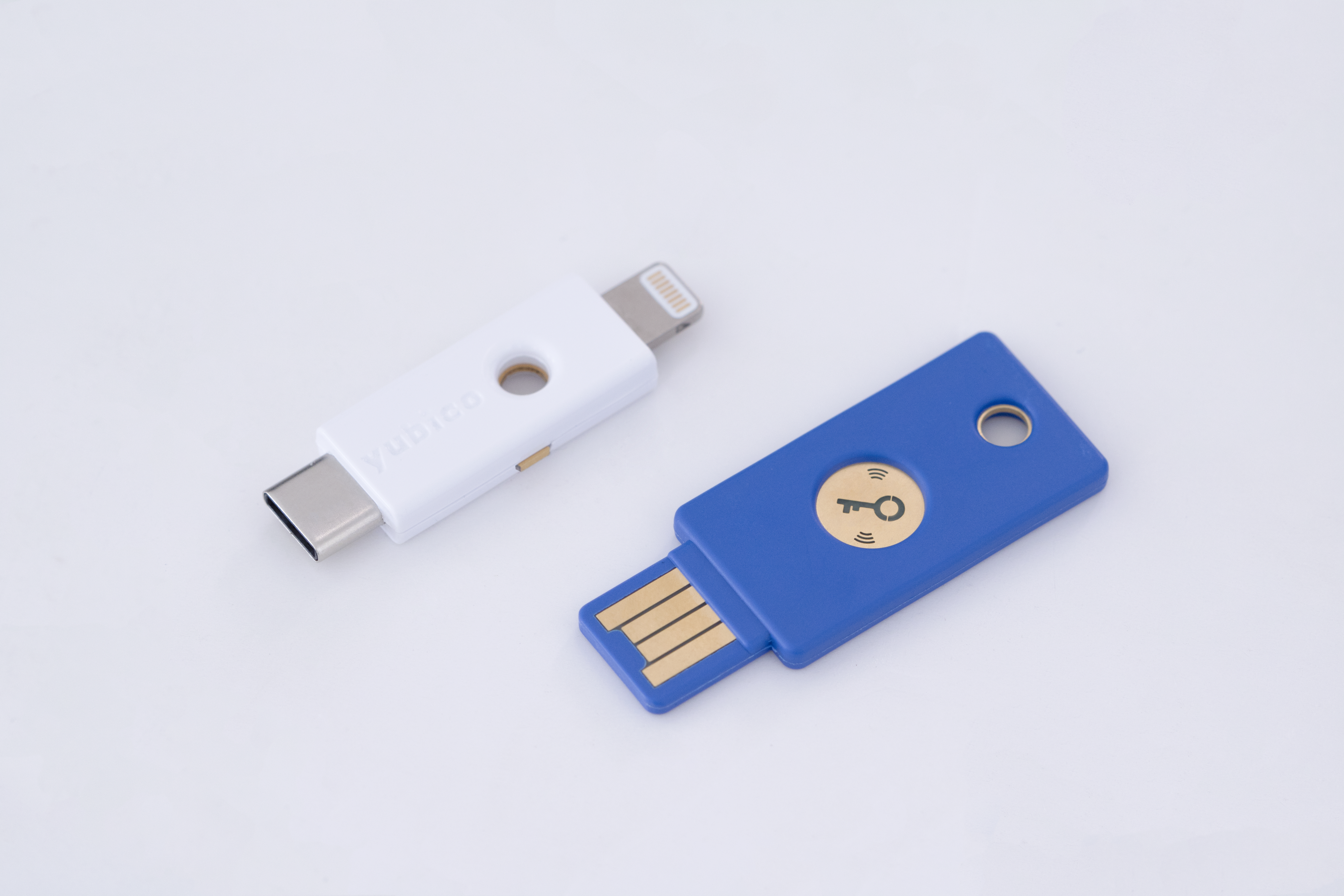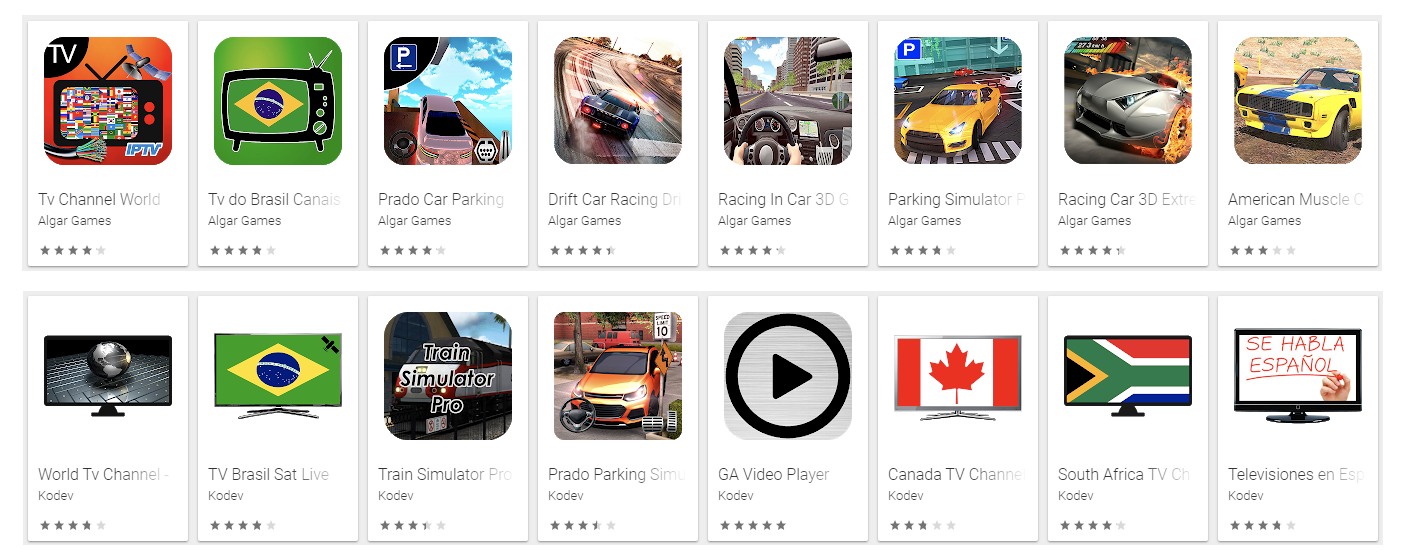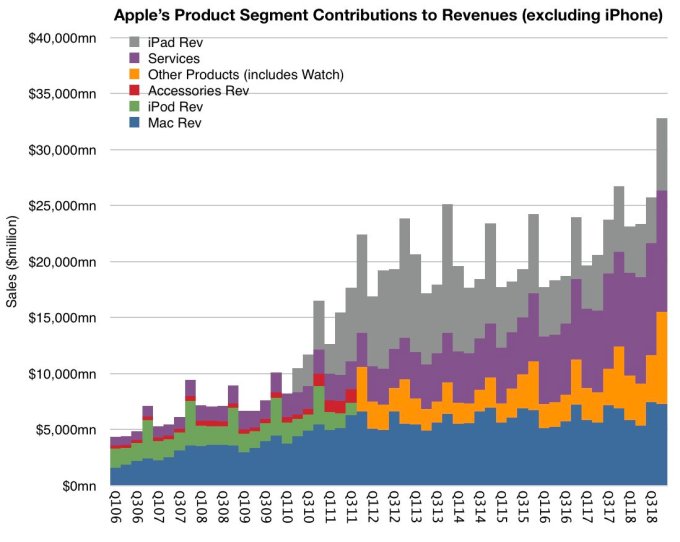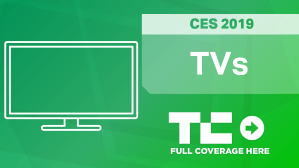Last week, in light of Apple’s revised revenue guidance, my TC colleague Ron Miller made a tongue-in-cheek apology for taking so long to upgrade his old iPhone.
He wrote that he had finally bitten the bullet and shelled out to upgrade a more than three-years-old (but still working) iPhone 6 for a shiny new iPhone XR ($750+) — deciding at the last minute to spare his wallet the full $1,000 whack for the top of the range iPhone XS.
Ergo, even the famous Apple premium only stretches so far.
I bring even less good news for the company. I still can’t bring myself to upgrade my (still working but now heavily creaking on the battery and storage front) iPhone 6S because — and here’s my line — Apple removed the headphone jack. Which is absolutely an affront to usability and choice.
My (petite) ears do not conform to the one-size fits all shape Cupertino uses for its bundled earbuds. So even if the earbuds weren’t low audio quality I still couldn’t use them. Headphones that you have to walk around holding in your ears because otherwise every twist and head turn pops them right back out again are, to put it politely, not very useful.
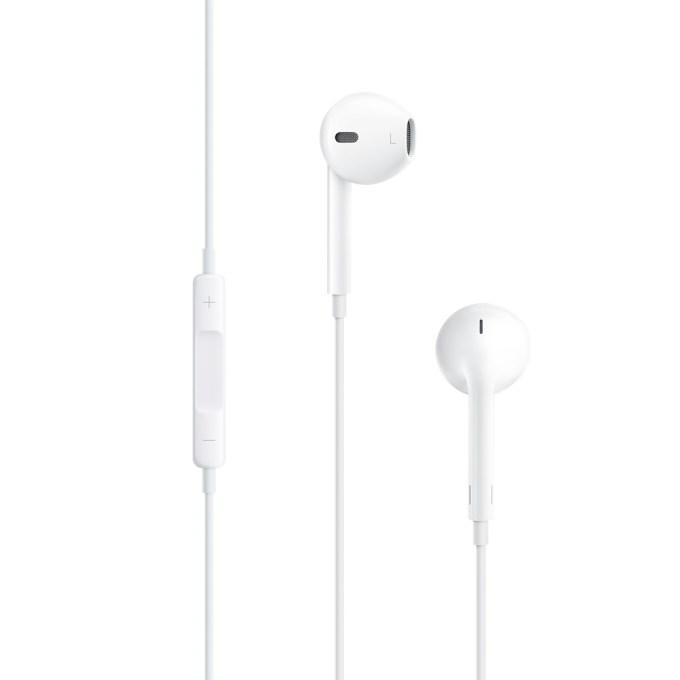
And, yes, this also applies to wireless AirPods — even if I wanted to give Apple more money to be forever stuck having to charge a pair of headphones before being able to use them, which frankly doesn’t sound very smart to me.
On the earbuds front Apple does not cater to petite people, period. I have to use in-ear headphones, with replaceable rubber caps that come in a range of sizes (typically requiring the tiniest of the bunch). This means a 3.5mm jack, which lets me use my own choice of appropriately sized headphones, is not optional but essential.
A 3.5mm jack also lets me invest in higher audio quality kit, should I choose to.
Apple has other ideas, however. And judging by its own messaging at the time it ditched the headphone jack, it presumably thinks I should bravely ram its earbuds in my undersized ears anyway. Er, no thanks!
Of course I could upgrade and just plug in a dongle to (re)convert the Lightning port into the necessary 3.5mm headphone jack. But that’s yet another dongle tax ($9) I shouldn’t have to pay.
iPhones are a premium product, after all. Having to buy extra accessories that are actually essential to get you back to where you were doesn’t feel like progress. (A better word for these irritating wallet-gougers would be ‘unnecessaries’.)
Add to that there is of course the sheer irritation and hassle of having to remember to have the stupid thing with you whenever you want to use your headphones.
While, for those into Apple aesthetics, dongles are of course 100% pure eyesore.
Also — an extra kicker — the Apple Lighting to 3.5mm converter doesn’t appear to play nice with third party remotes. So your headphones’ physical volume control is probably going to be glitchy… (Just check out all these 1-star reviews.)
I won’t get started on Apple also vanishing the SD card port from the MBA. But the expense and hassle of trying to deal with that SNAFU, following a work laptop upgrade, has put me right off the prospect of ‘courageously’ forgetting about other ports that I really need to use.
Nor am I the only TCer affronted by Apple ditching the headphone jack. My colleague Greg Kumparak wrote in December that he’s still missing the 3.5mm port two years later. “It enabled happy moments and never got in the way,” he lamented of the missing jack.
Safe to say, no one is ever going to bemoan the lack of a dongle like that.
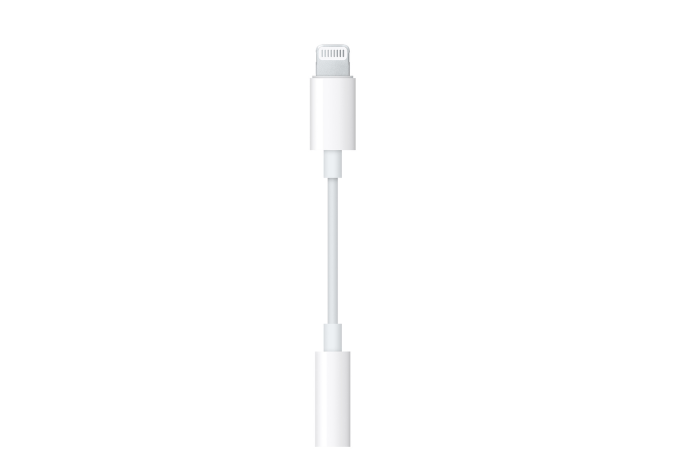
For TC’s Miller, he was finally pushed to upgrade his trusty old iPhone because of bad battery and a glitchy recharge cable.
My own iPhone 6S has also tipped over into bad battery territory. The original battery was replaced in 2017 (after being in a faulty bunch that Apple offered free replacements for). But the other day the phone experienced its first “unexpected shutdown” — and a pop-up informed me Peak Performance Capability had been switched on.
Aka the performance management feature Apple got in some hot water with consumer groups for not being clear enough about previously. So there’s now an option to disable this in iOS settings.
I could also, of course, pay to replace the battery. Which would be a lot cheaper than a new iPhone. Or else — even cheaper — just carry a spare battery pack.
So which is less hassle to remember? A spare battery or a headphone dongle?
At least a battery pack extends the daily longevity of the handset which feels like it’s offering some added utility (with the bonus social feature of being able to offer to juice up friends’ devices on-demand).
I’d certainly much prefer to keep a spare battery pack in my bag when I leave the house than always be trying to remember where on earth I left the dumb headphone dongle.
Ignoring Apple’s customary fraying charger cables (which can just be replaced), the other issue I’m facing with my current iPhone is storage. It’s almost full.
Apple offers cloud storage for a fee (after a small amount of free space). But I could also delete stuff I’m not using and buy an external hard drive for storing iPhone photo content (which is what’s taking up the most space) and offload the data to that.
Then I could wipe the iPhone 6S clean and start again.
Frankly the prospect of a rebooted iPhone 6S, which (battery wobbles aside) otherwise still works fine, is more appealing than paying a premium for an otherwise not so different handset which will, in certain key aspects, be less welcoming and useful to me than the one I already own.
It’s almost the more environmentally friendly choice, of course. And let’s not forget that lots of dongles = lots more unnecessary e-waste. So imposed dongle hell is bad for the planet too.
One size never fits all but when combined with an upwardly inflating Apple premium the Cupertino philosophy is starting to feel increasingly awkward.
While ‘reuse don’t replace’ feels more and more normal.

from iPhone – TechCrunch https://tcrn.ch/2RcV26o
